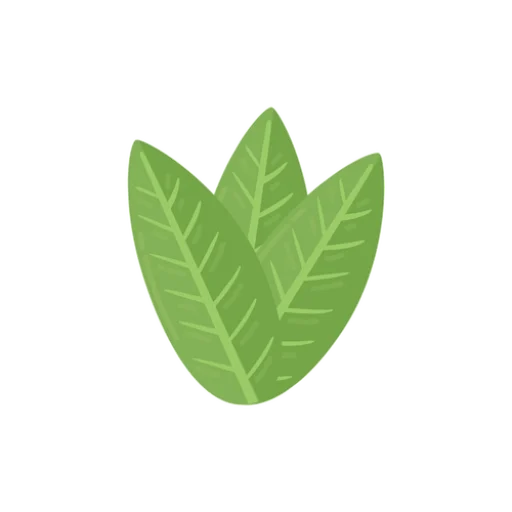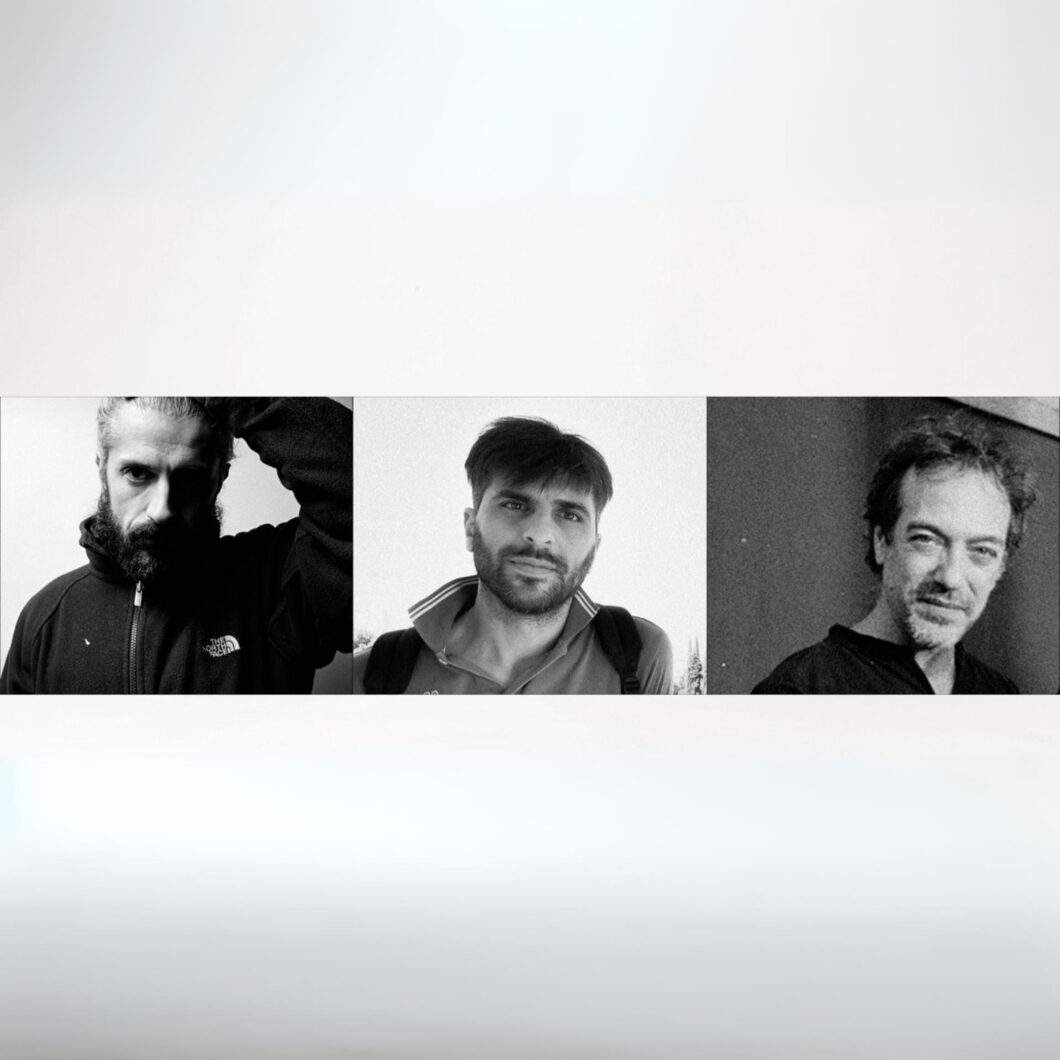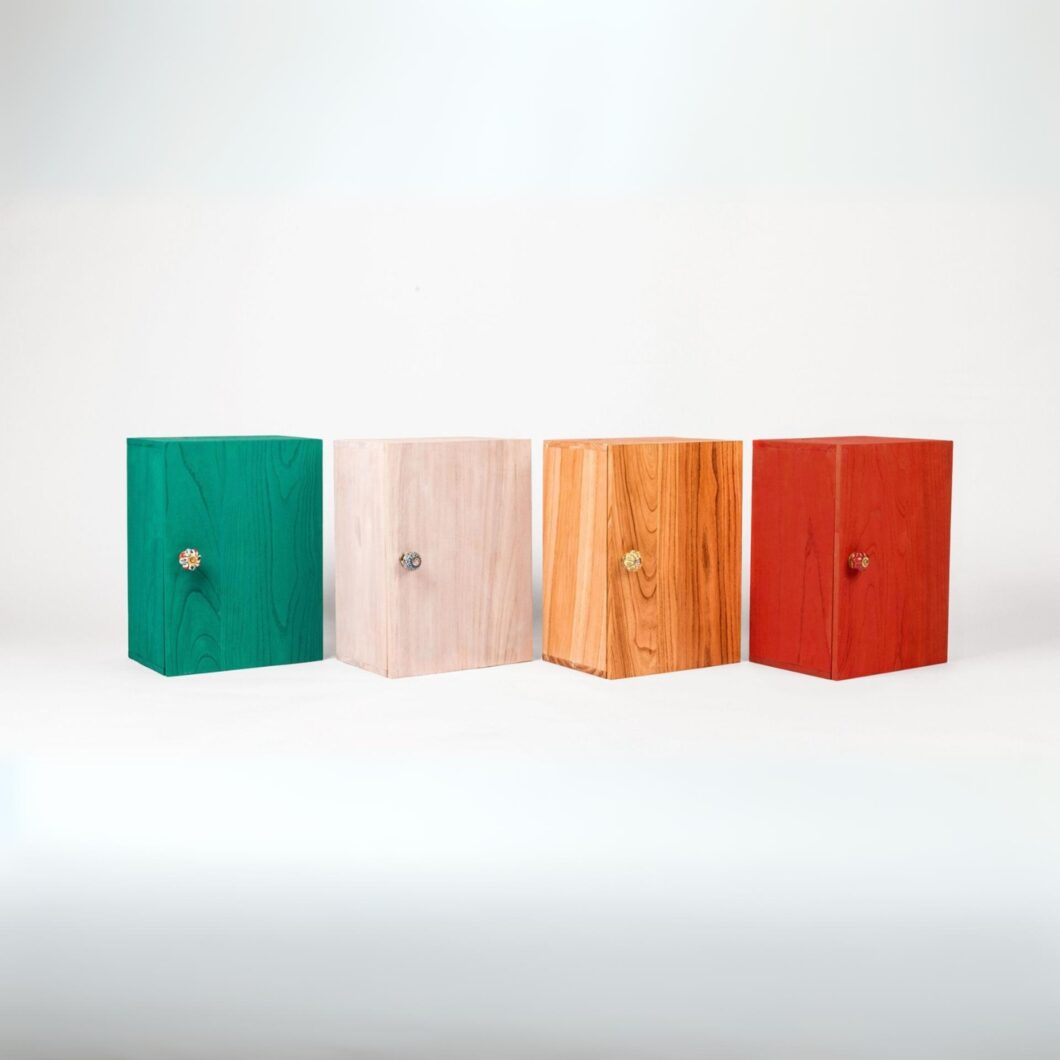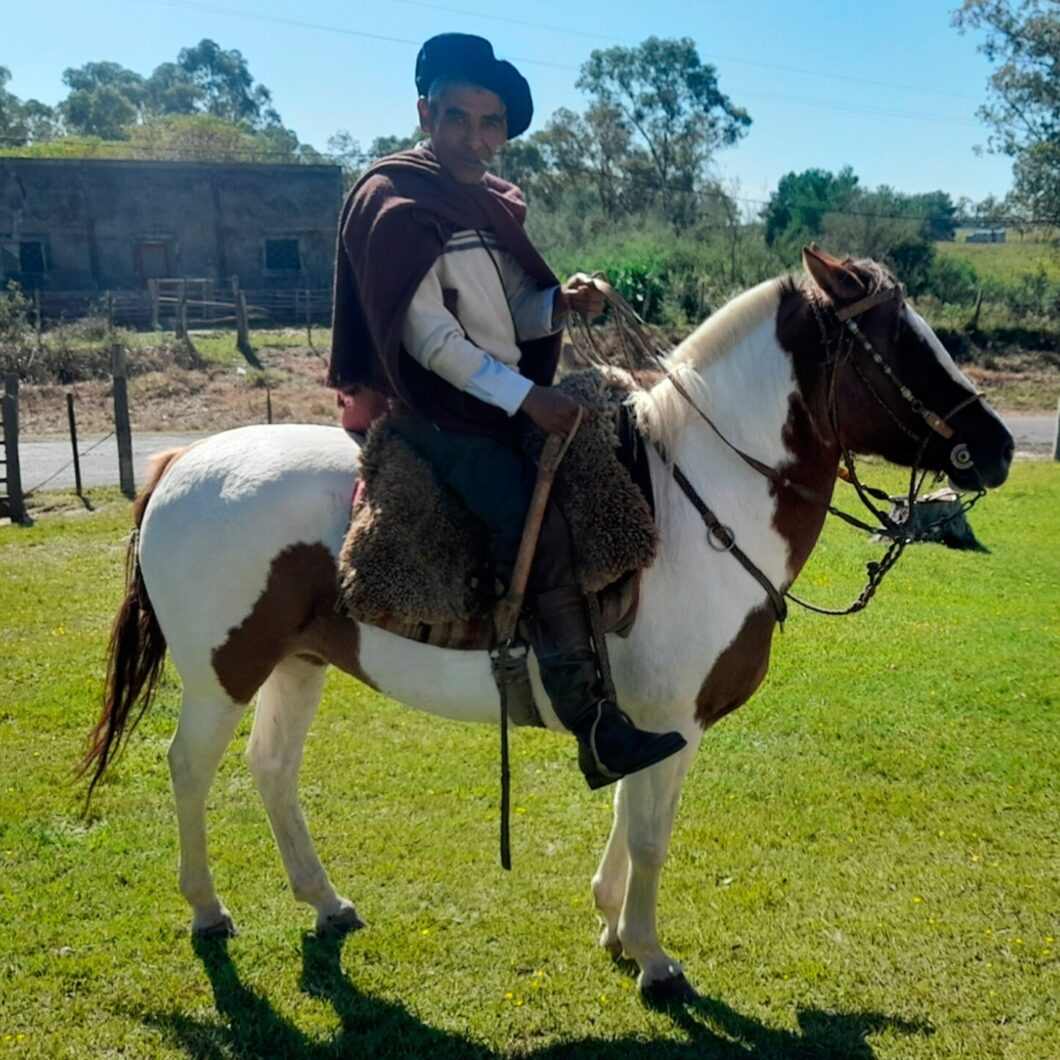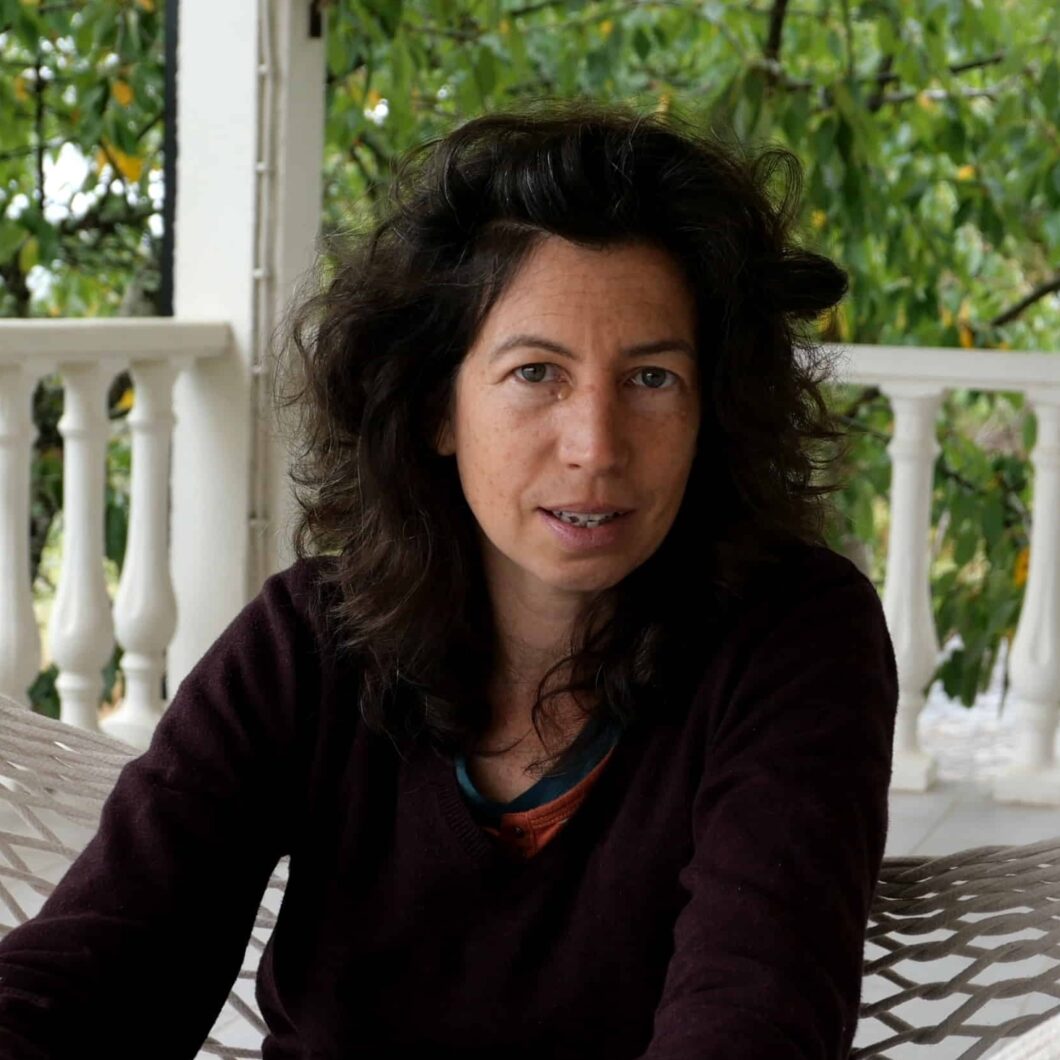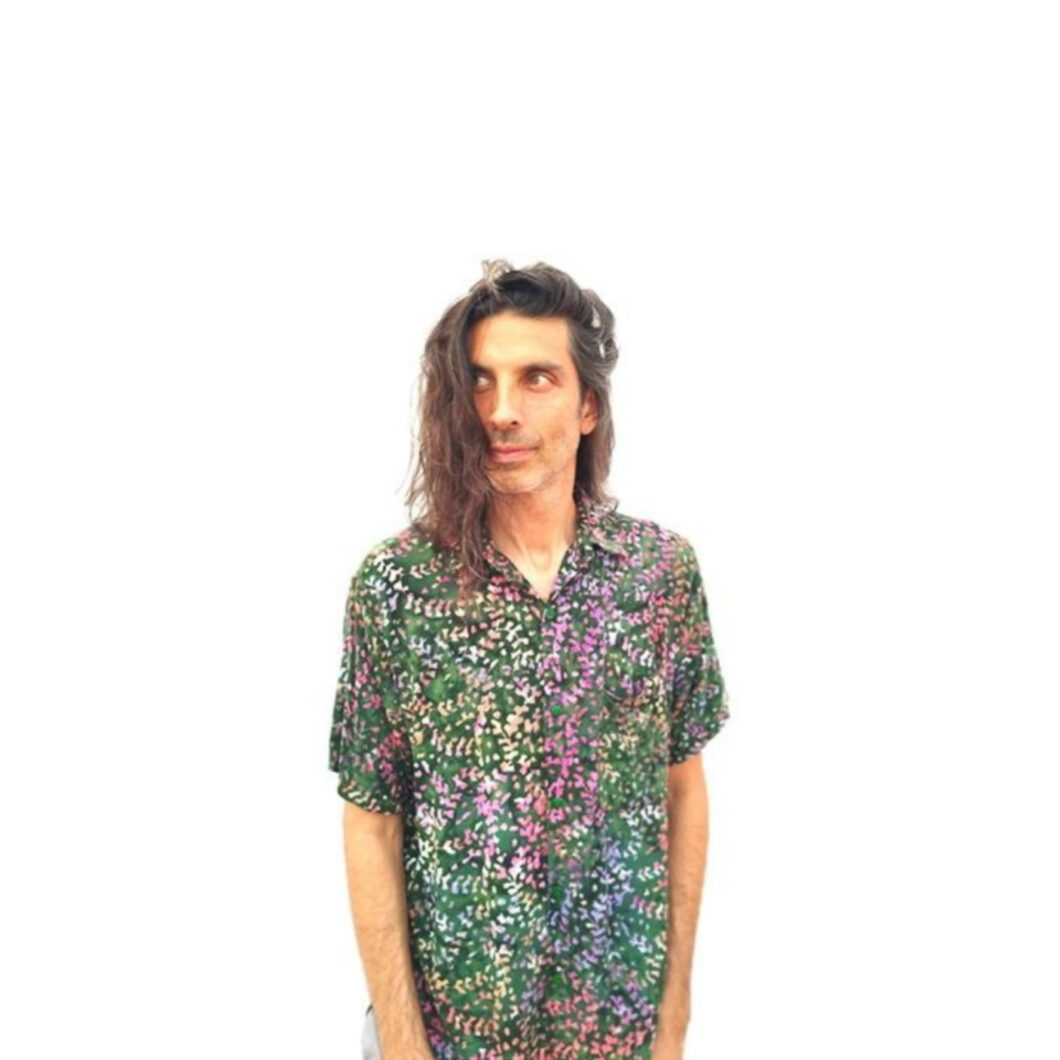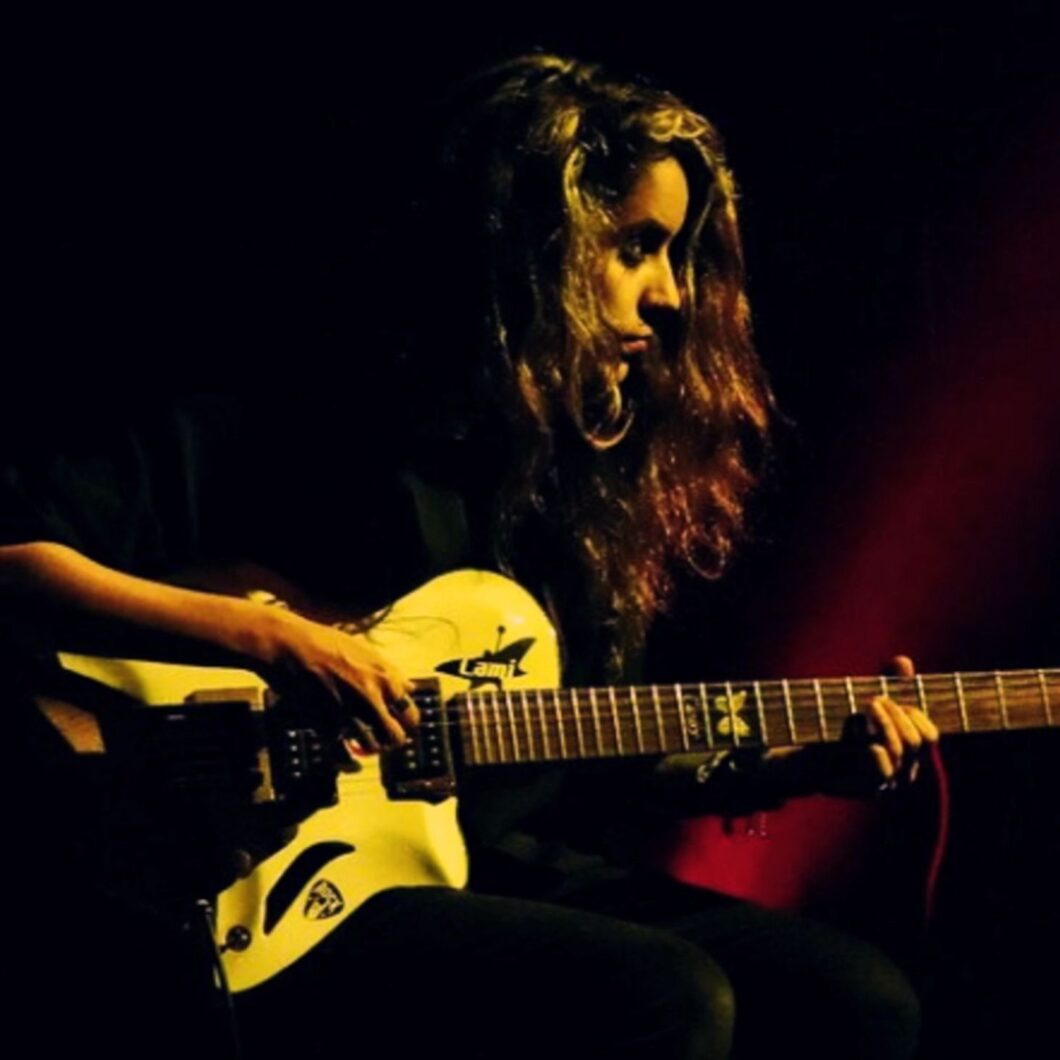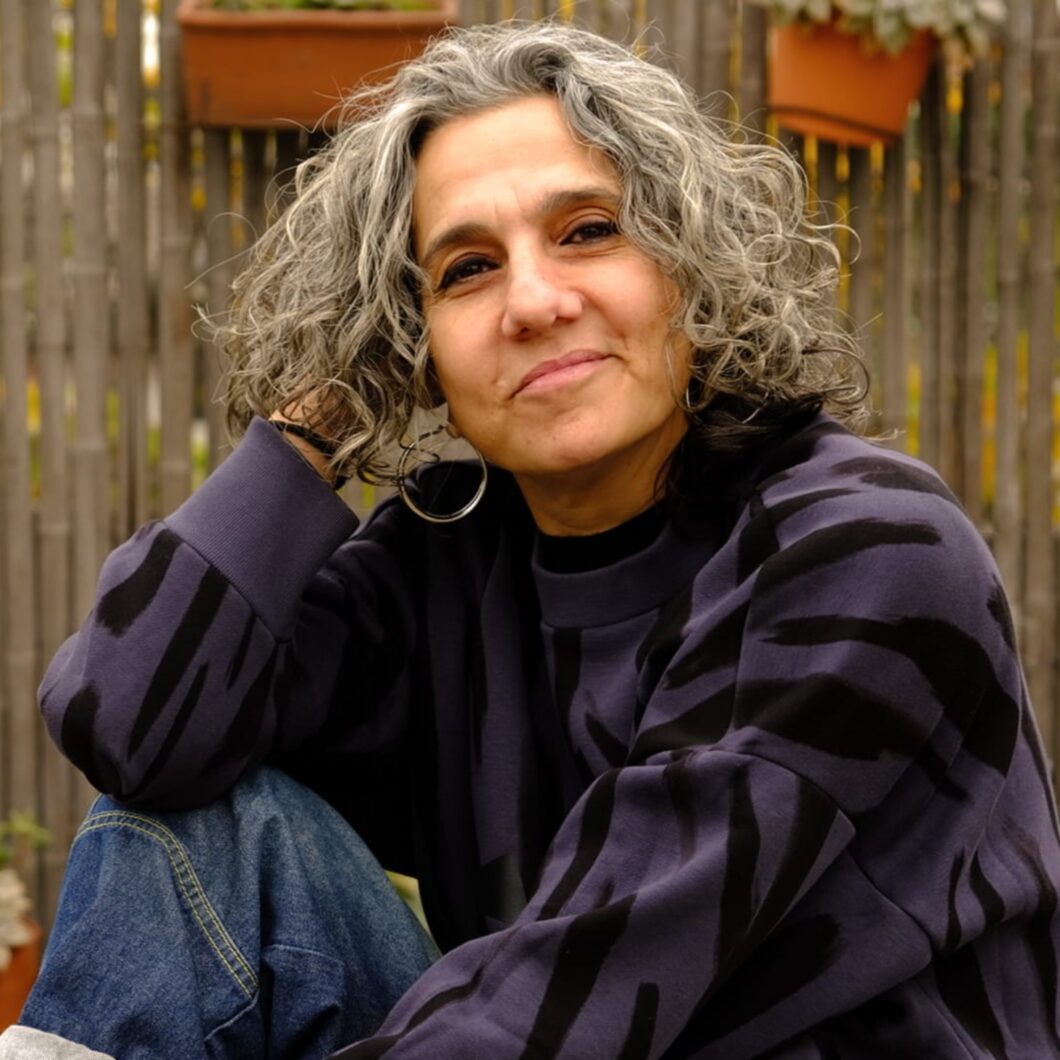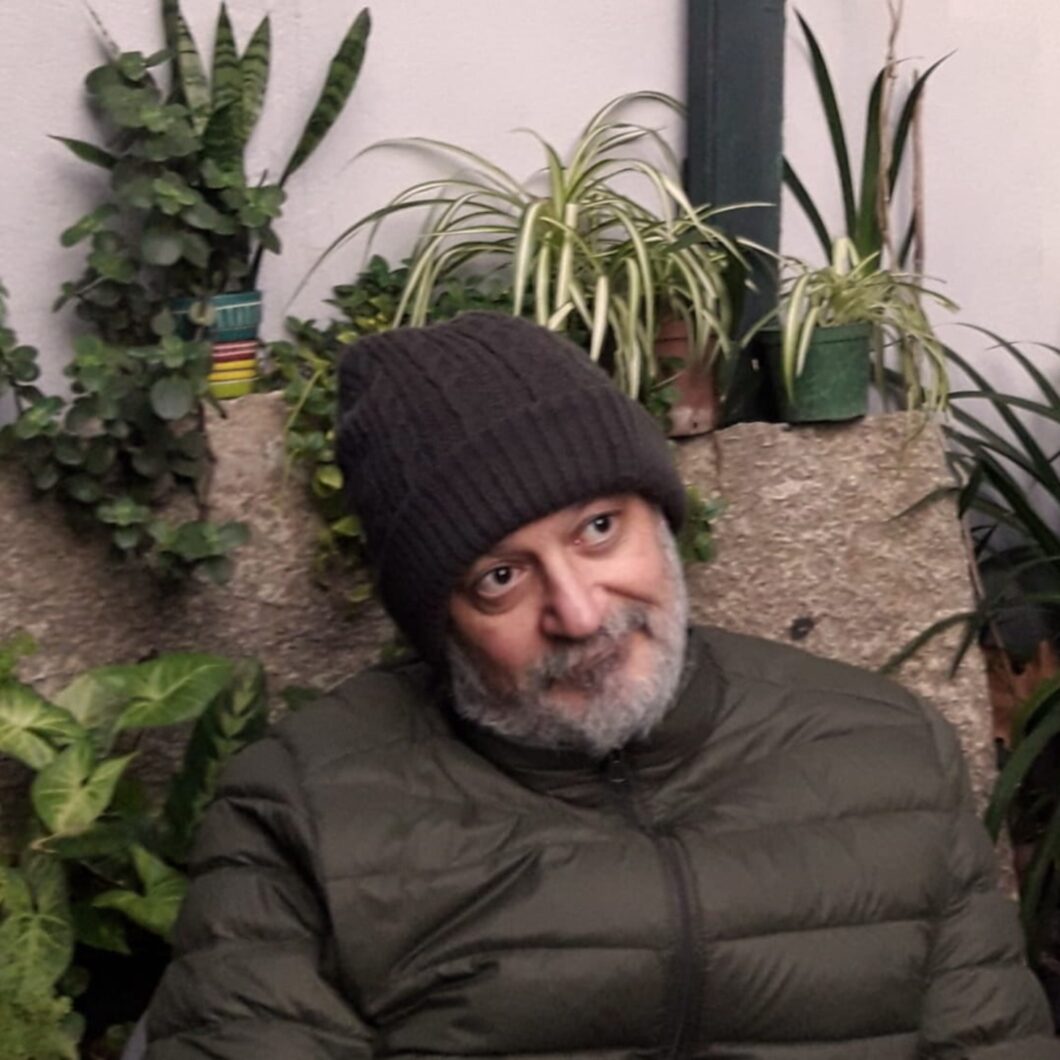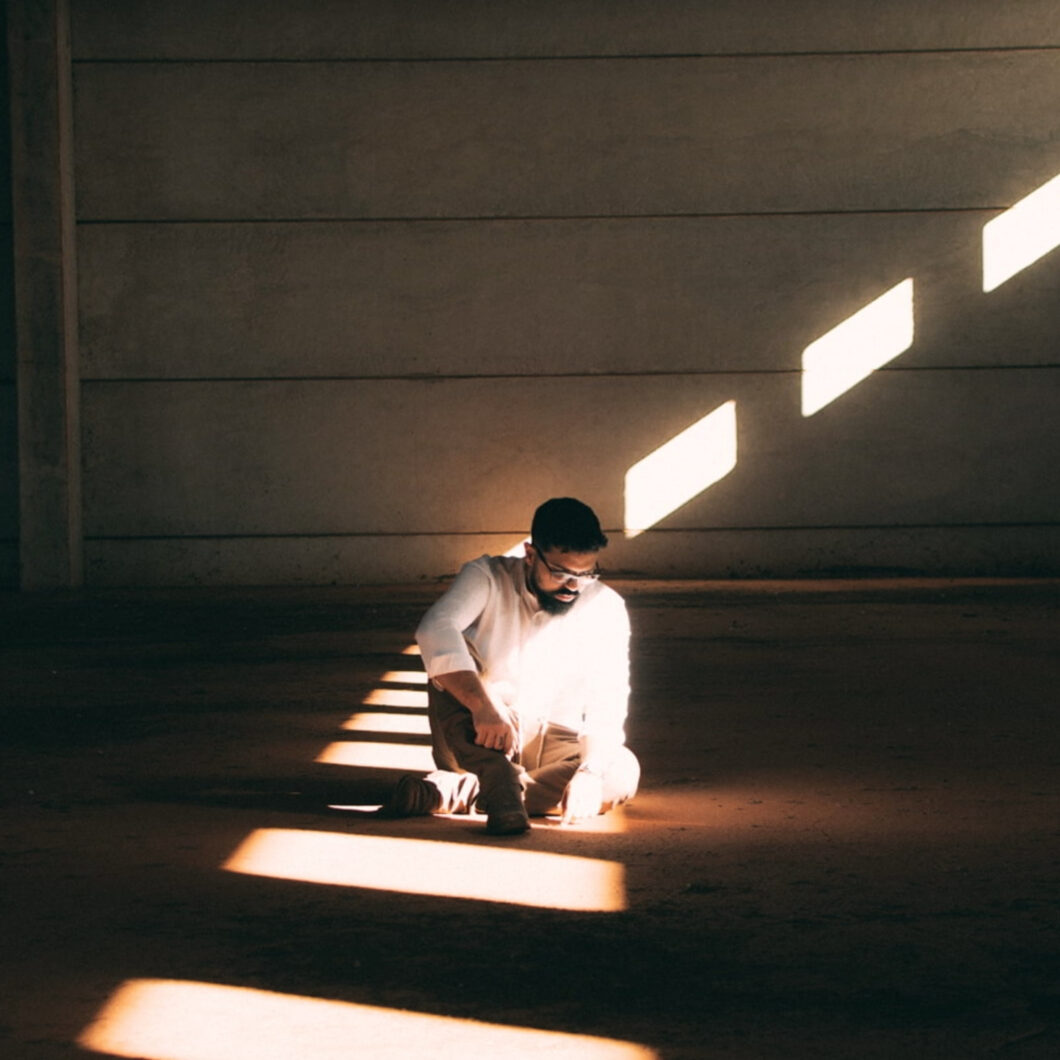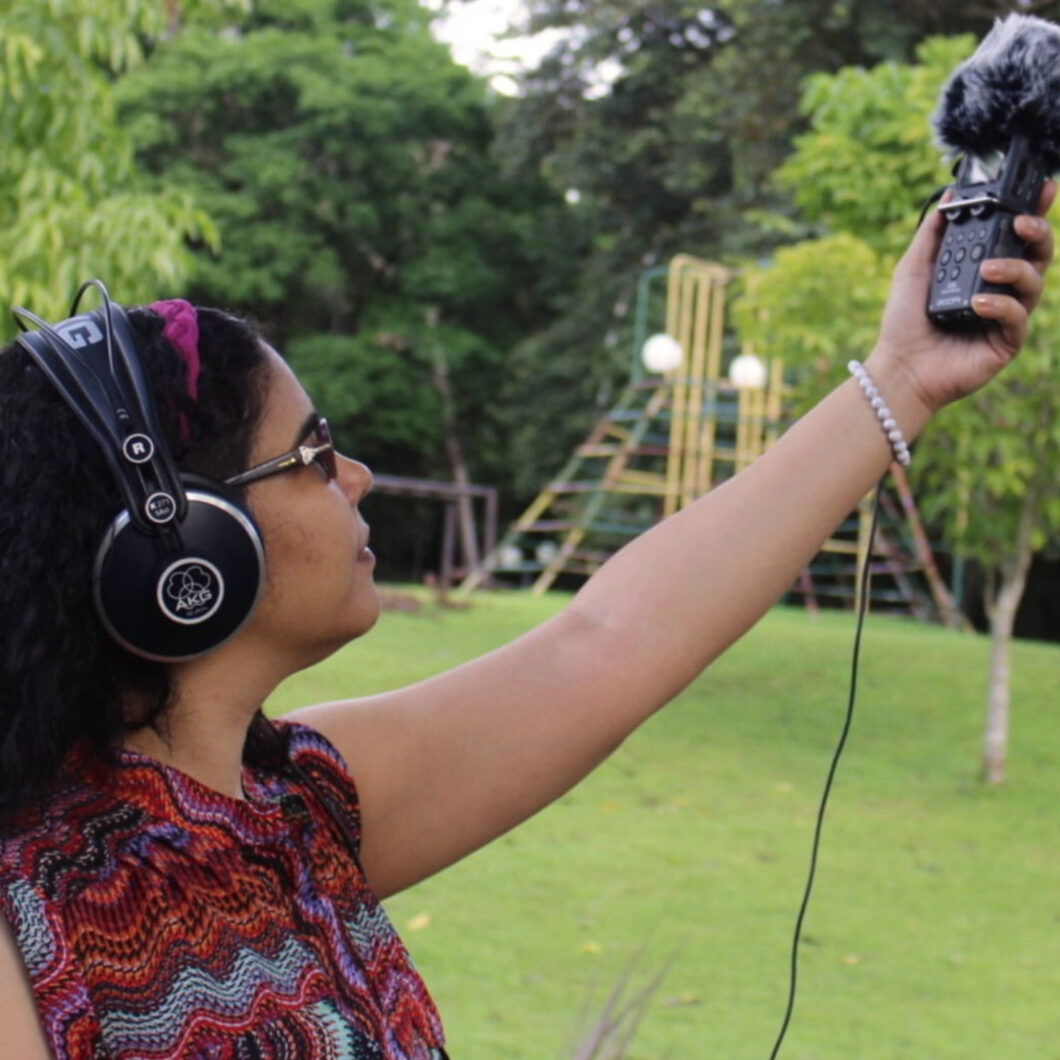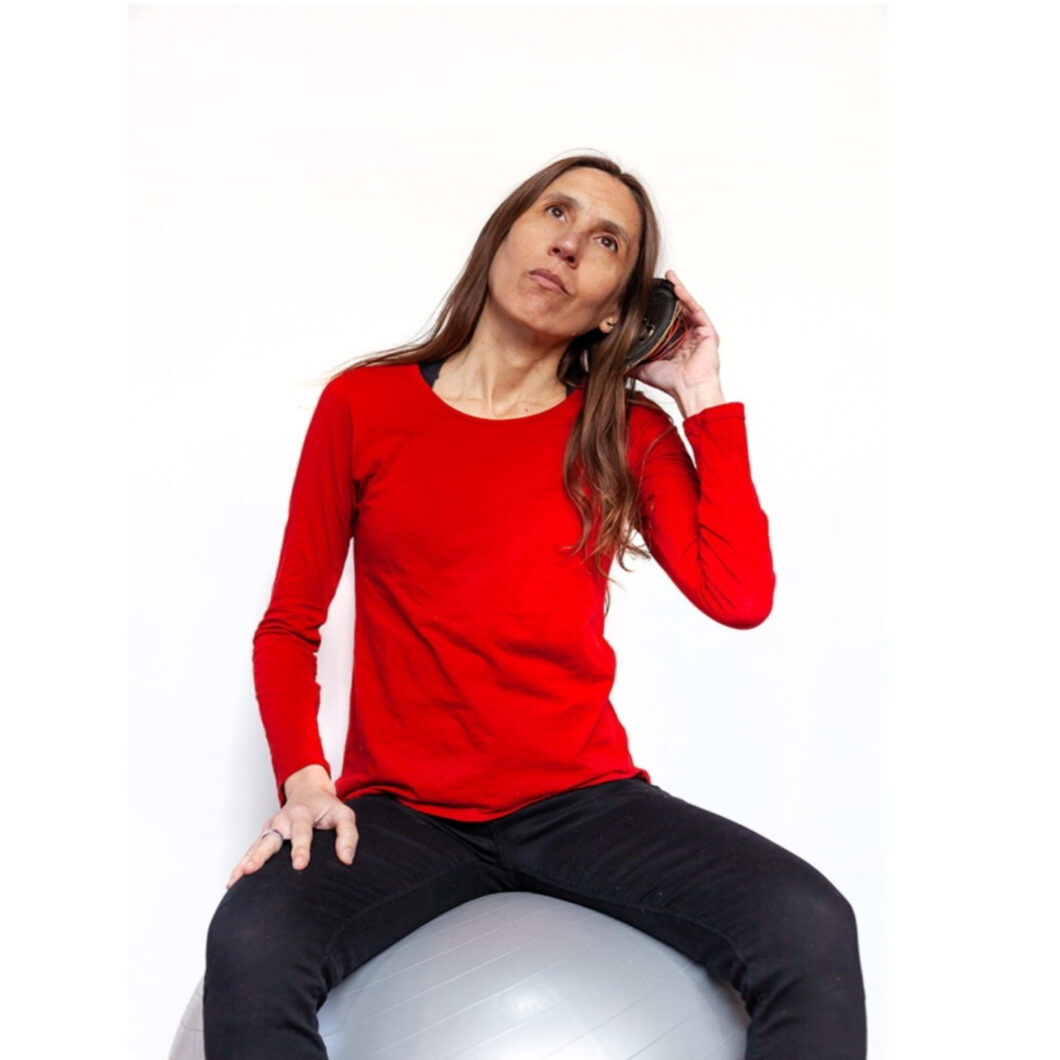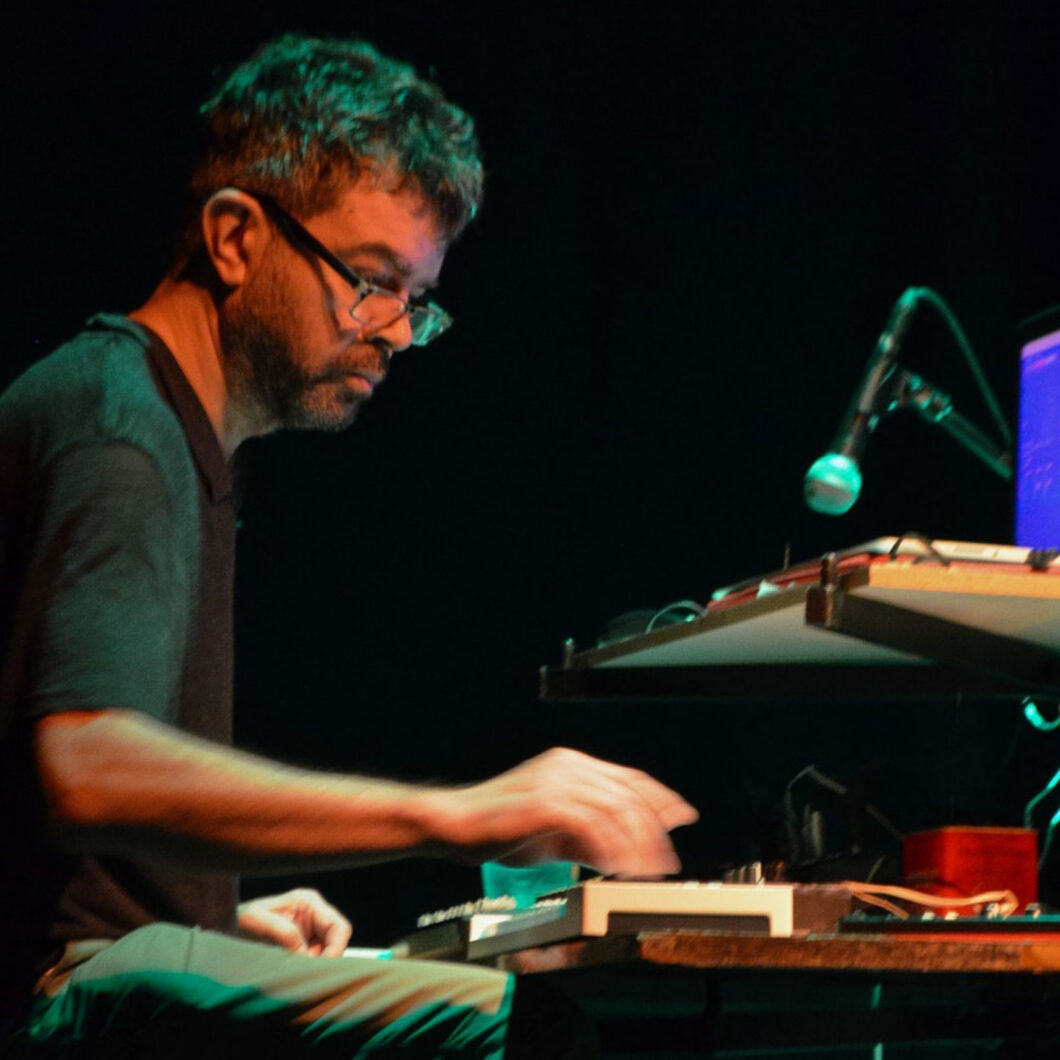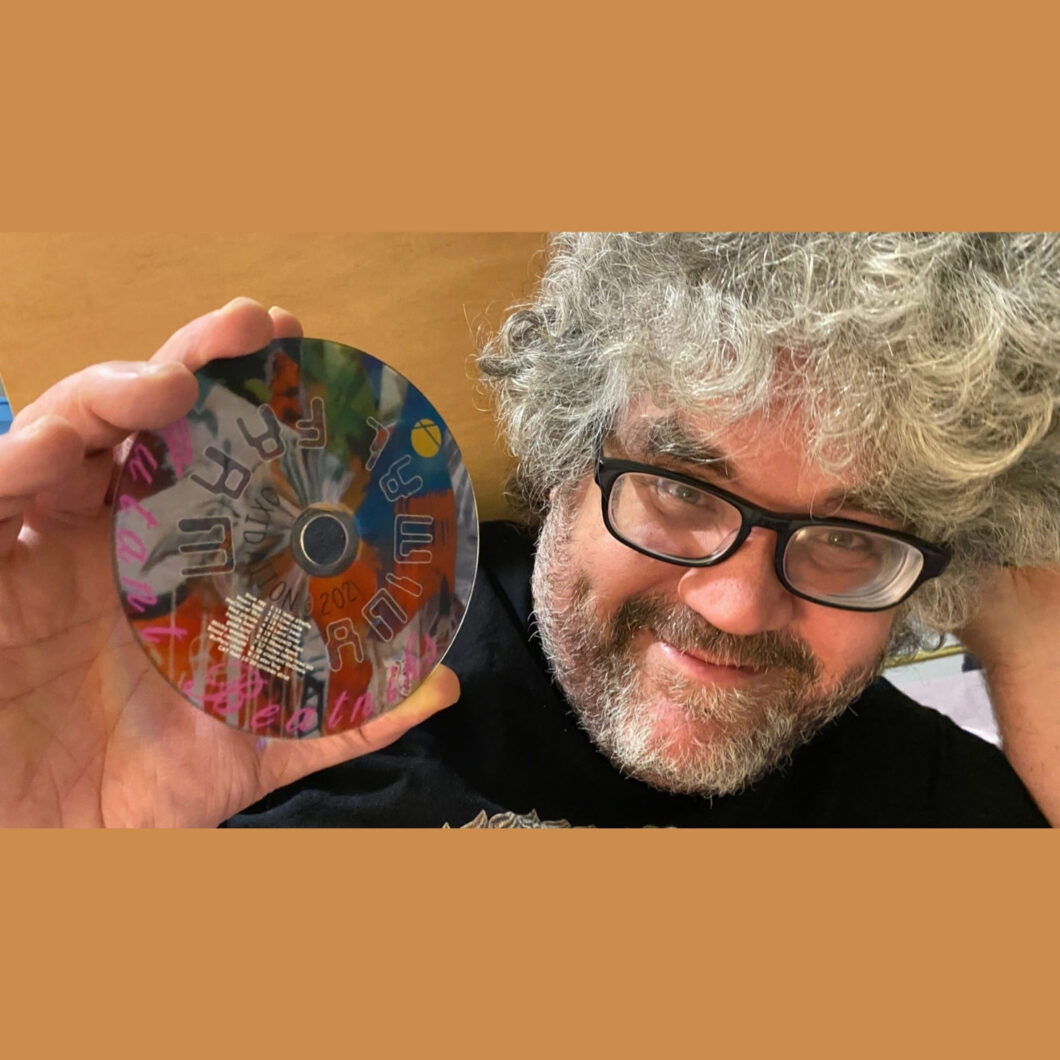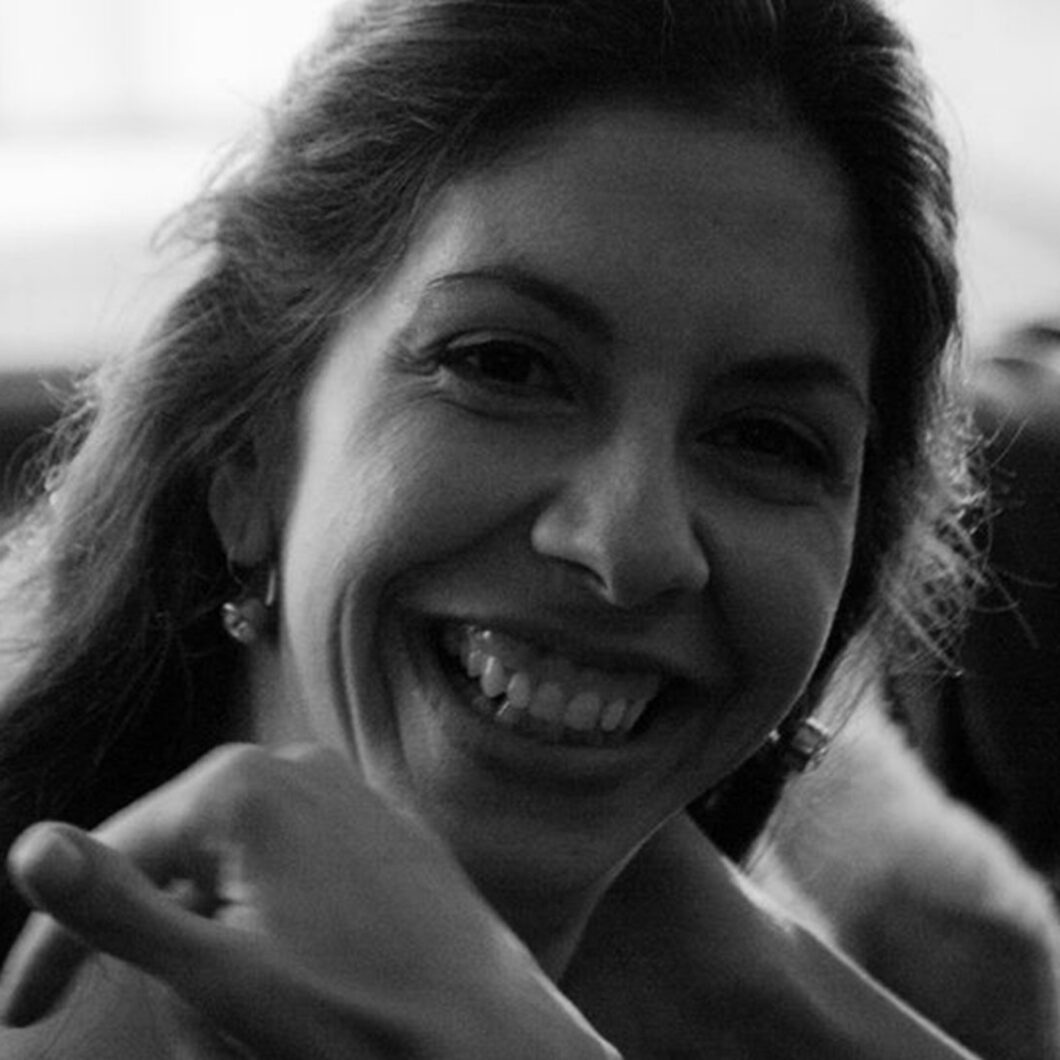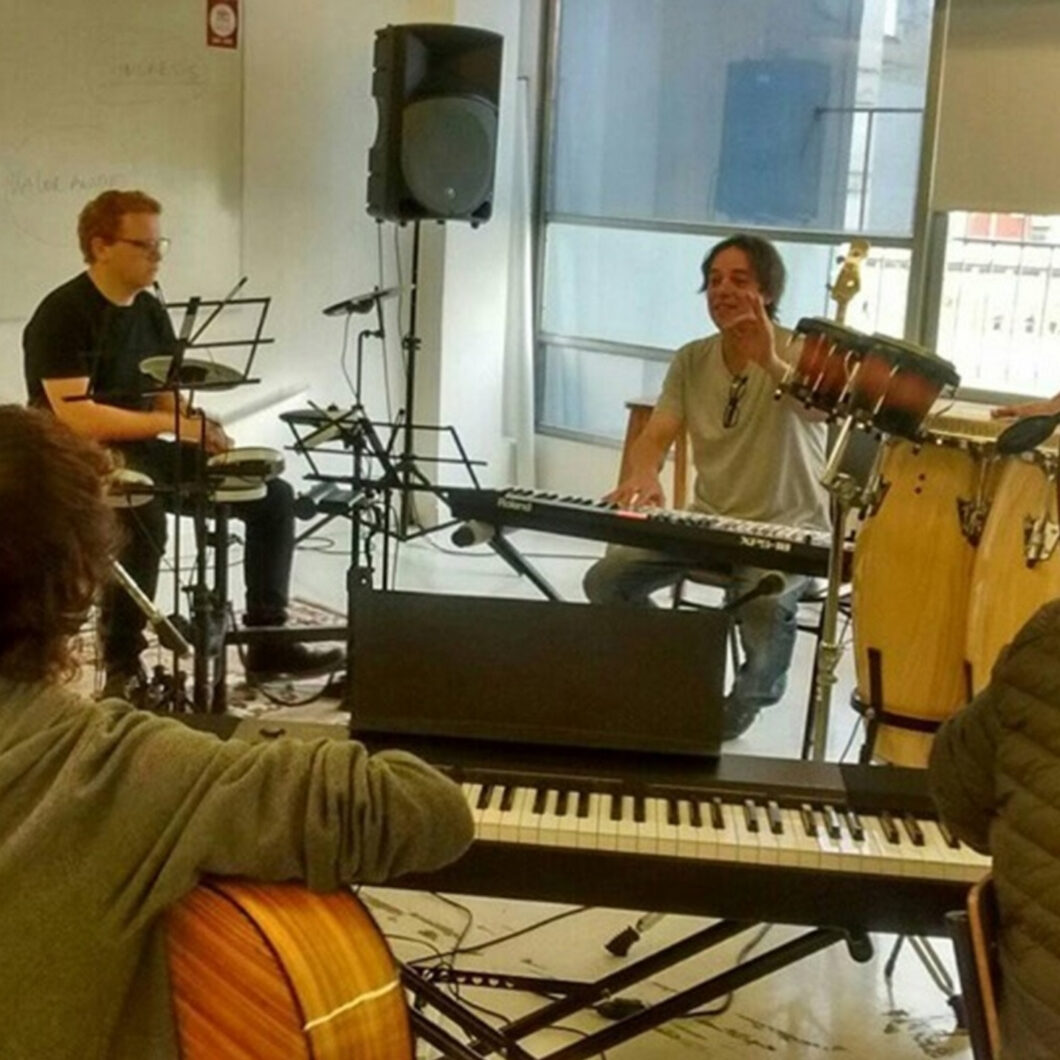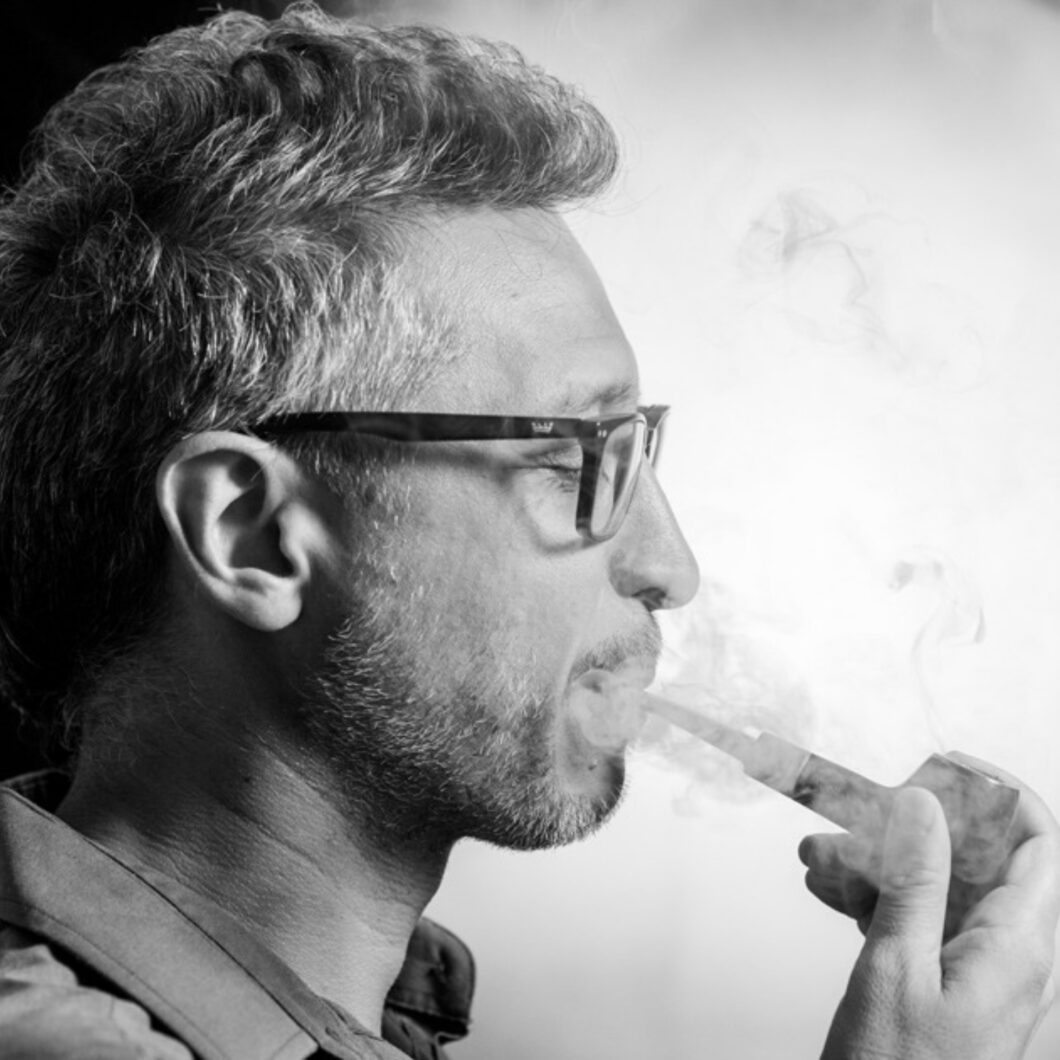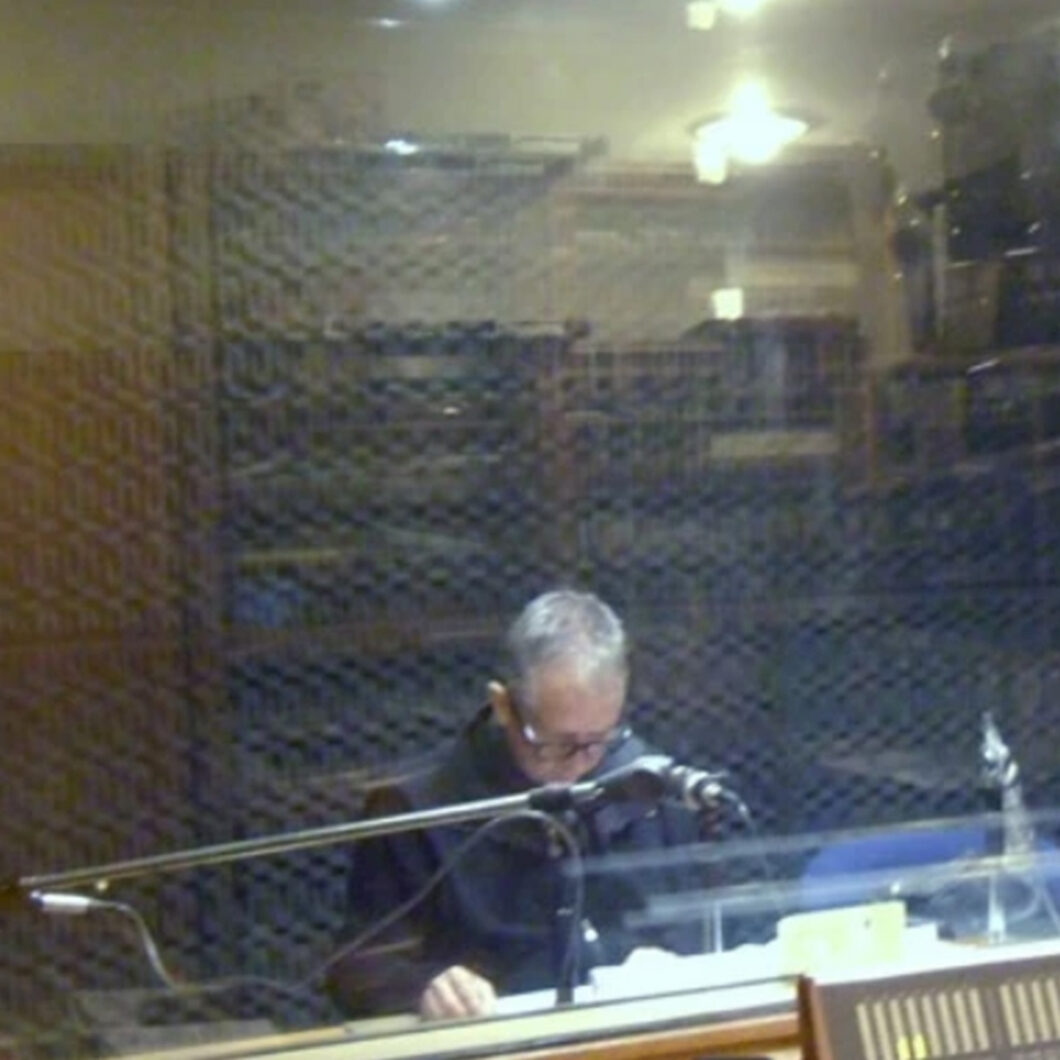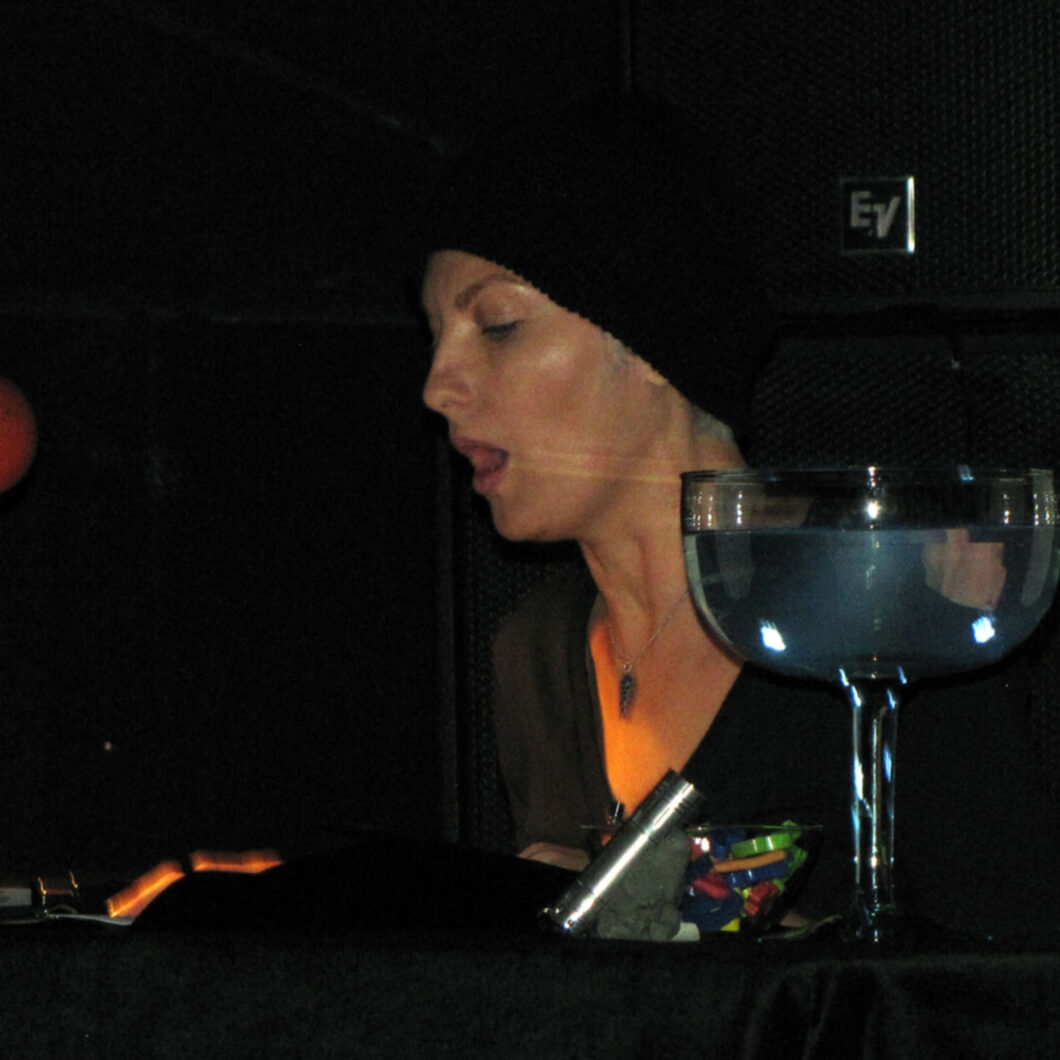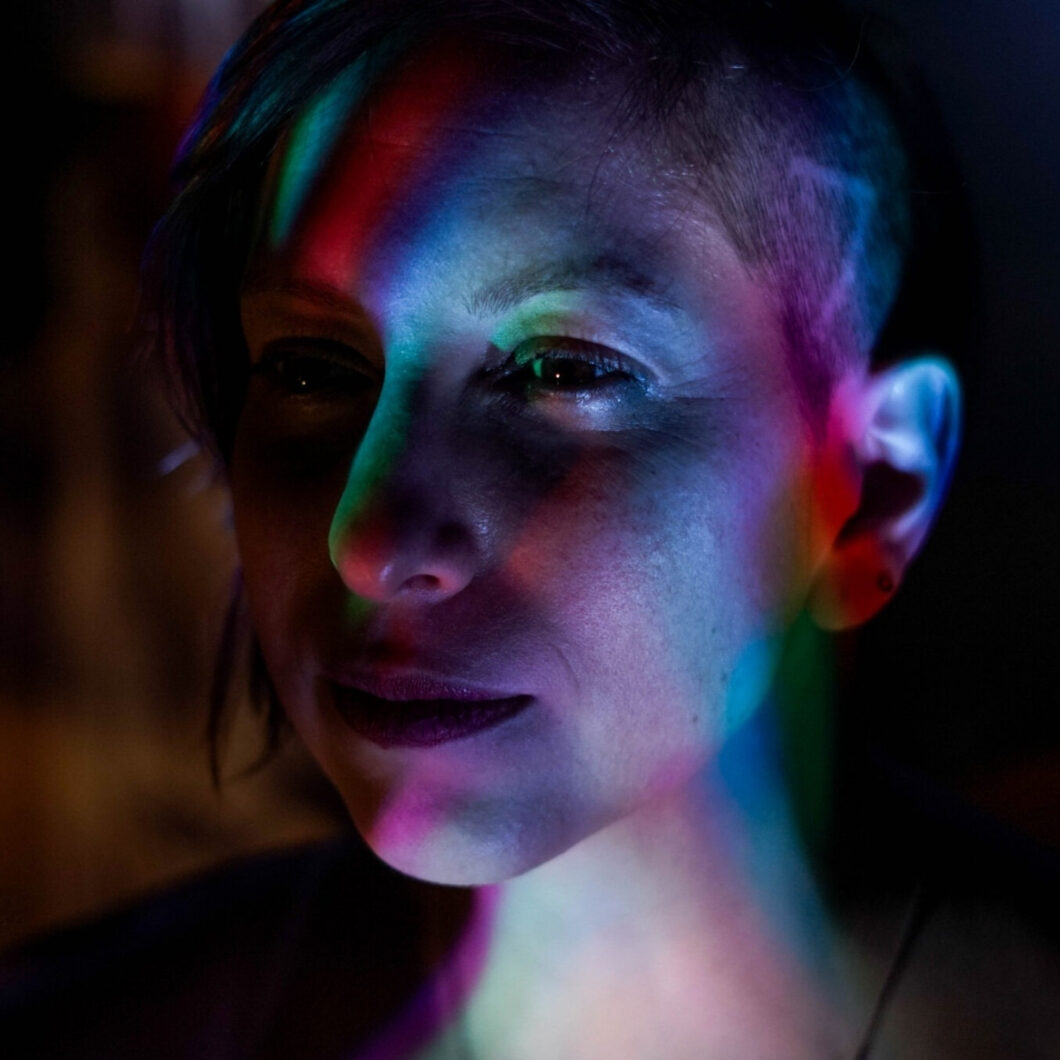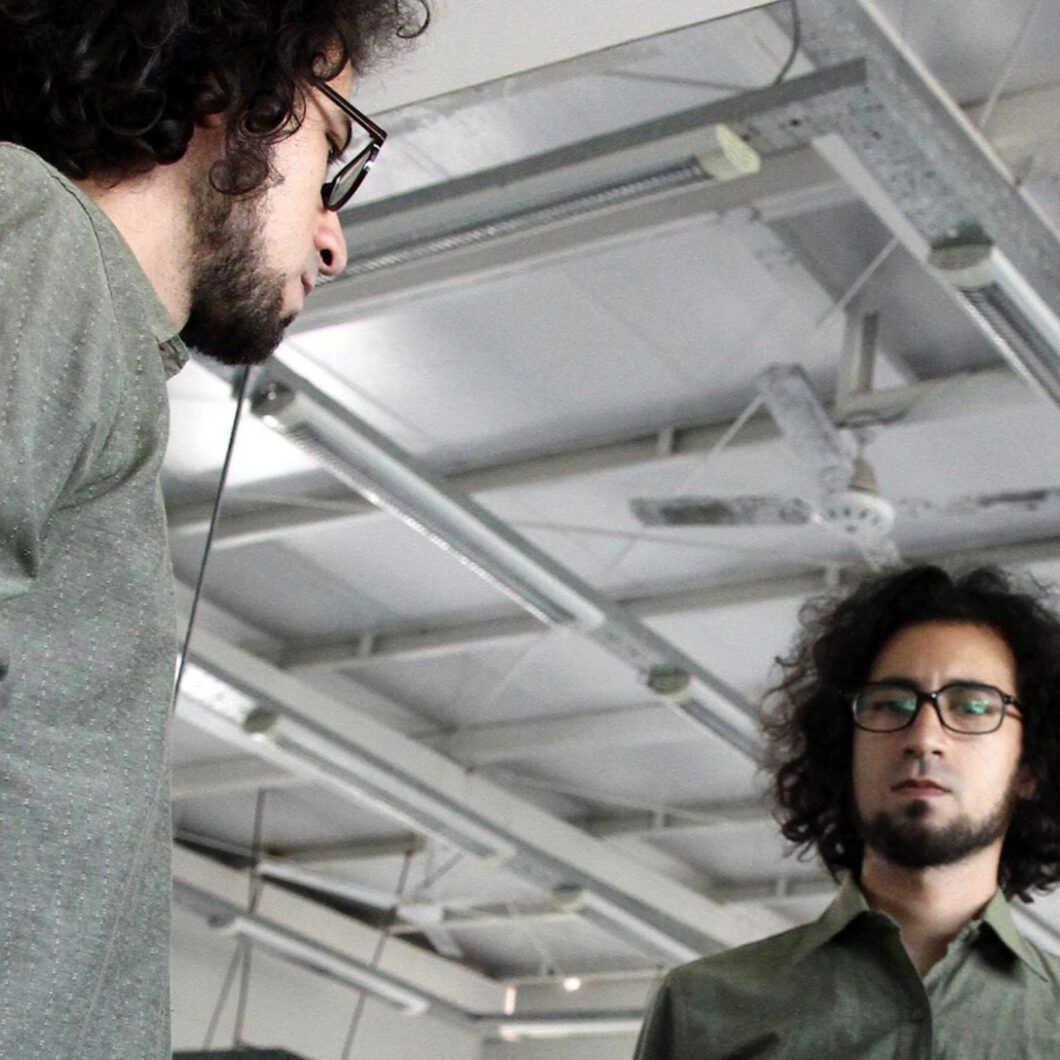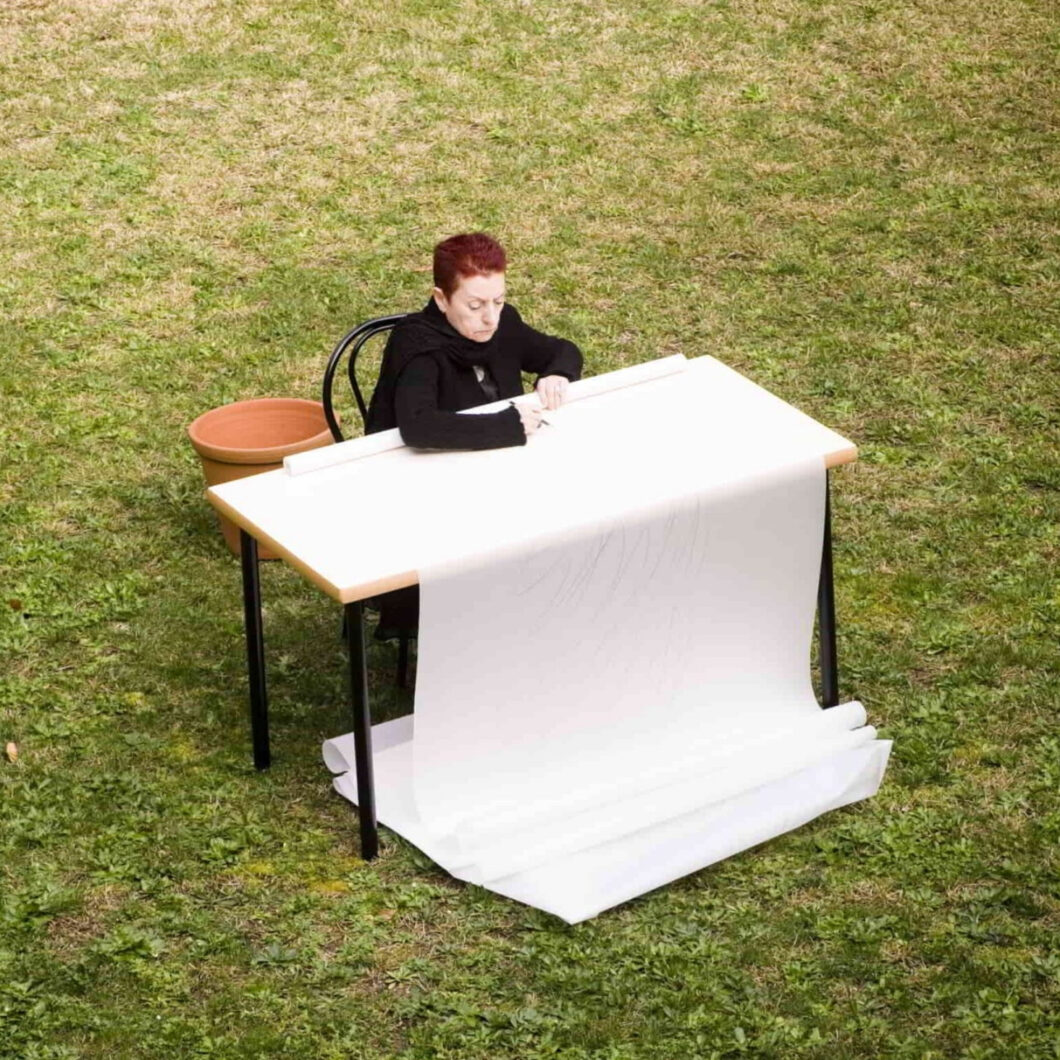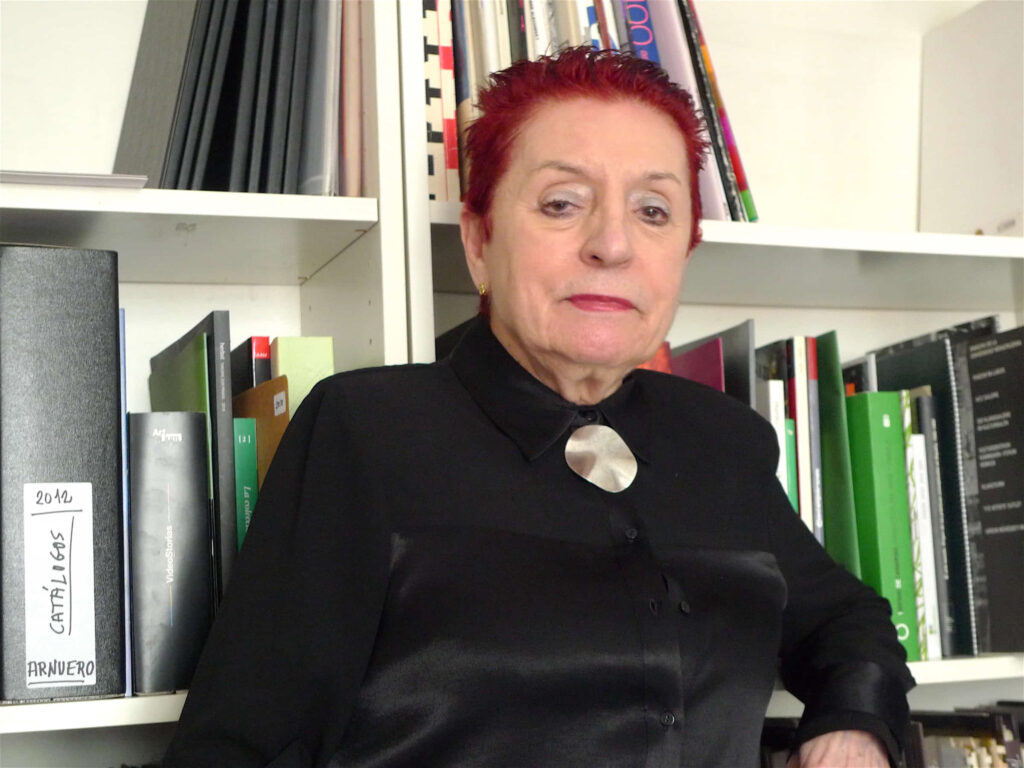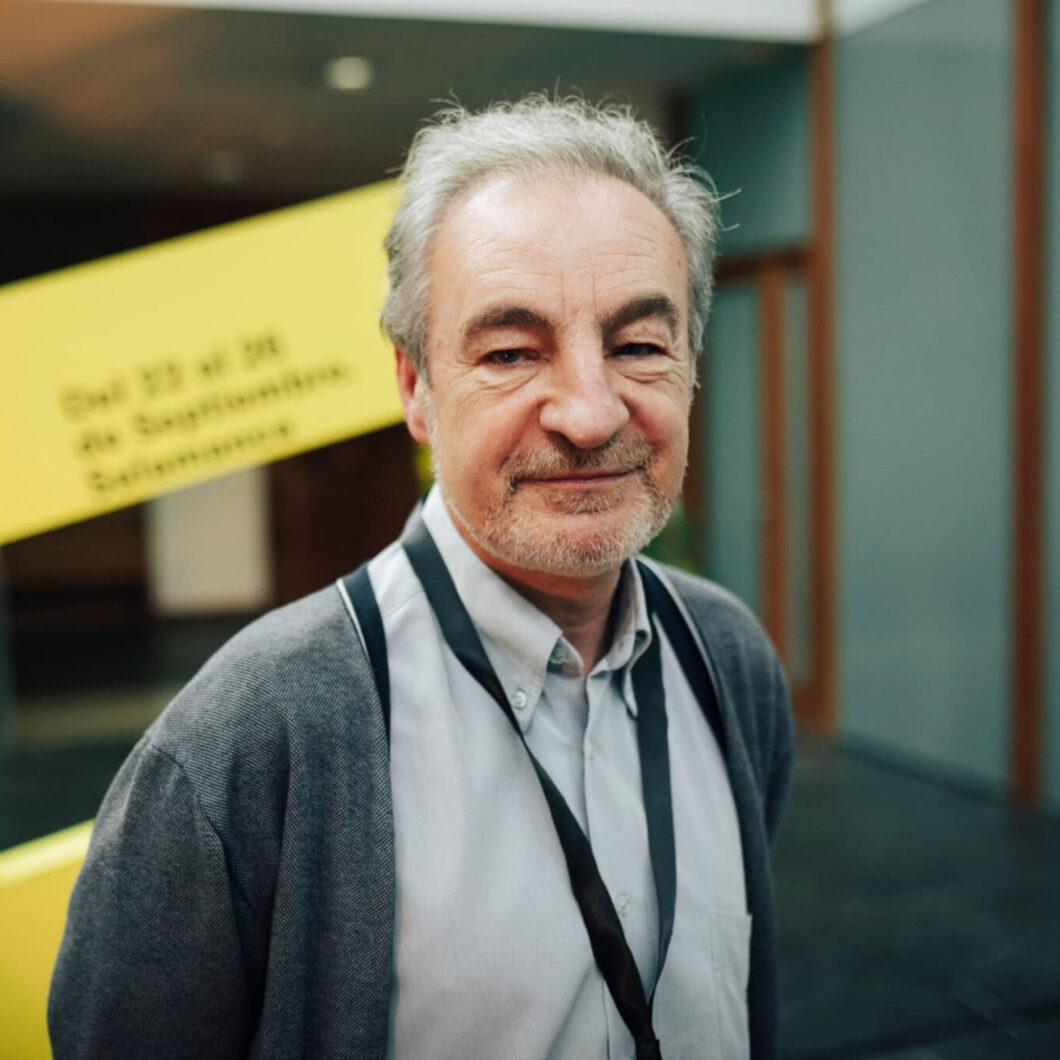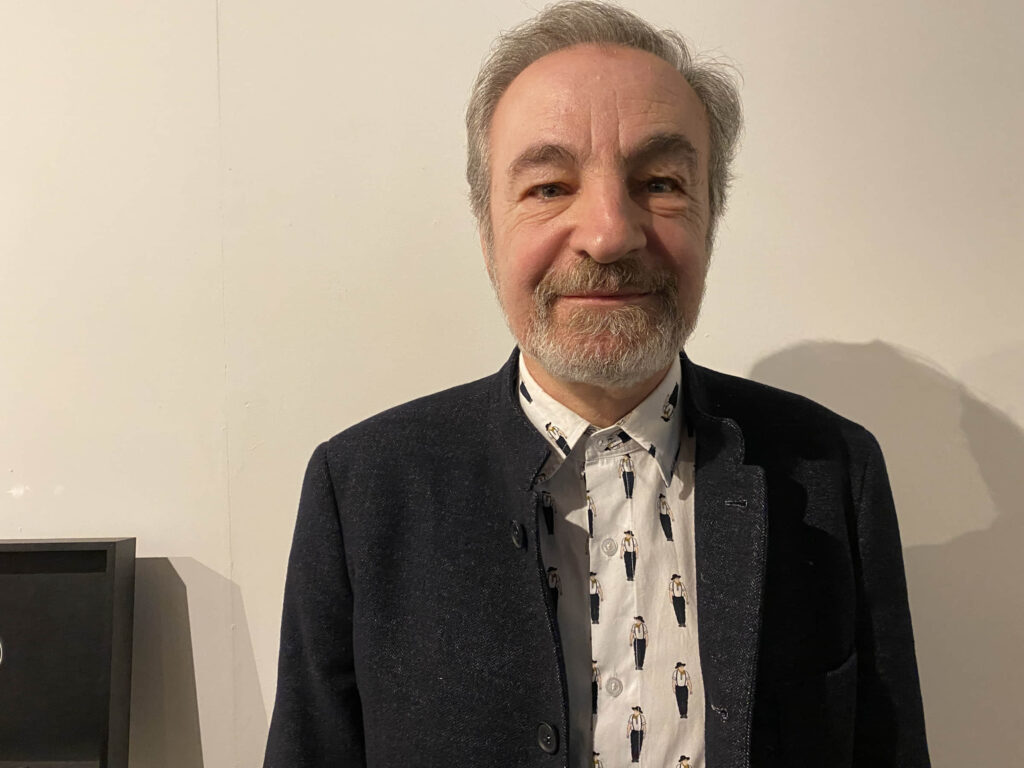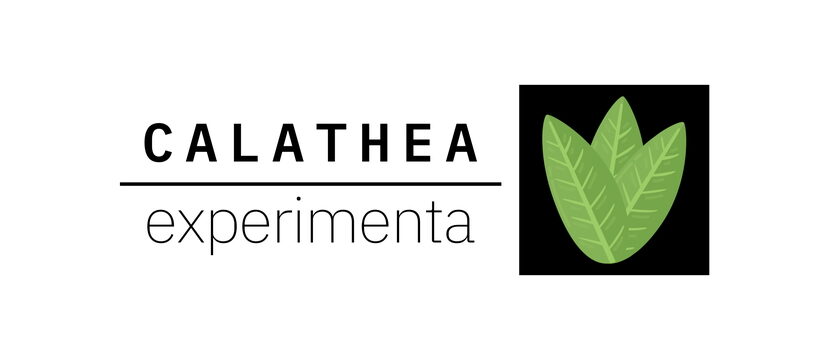Doria | Graffeo | Romano
This musical trio arises from different collective experiences: an independent record label, Ebria Records, but also previous and current musical projects together), and from a common passion for music and the arts.
Tiziano Doria:
He studied painting at the Academy of Fine Arts in Florence and then in Brera. While he has studied painting he always used photography. It has a very rigid technical component, allowing him to easily break the order of things, as well as to accept it. He uses images that he finds of others and recombines them, he bends them to his wish or at least he tends to do so. Nowadays he is getting his hands on images in motion. He turns small things in 16mm that he then manipulates during printing or development. The thing he likes is to identify, through a remediation of some media, a further plot, perhaps hidden perhaps non-existent and bring it under the eyes of all.
Accursio Graffeo:
His own personal, artistic, and musical journey focuses around the research for the other-from-oneself through connection with the self in the other. Art and society seen as interconnected: ànthropos and sound perceived as possibilities and opportunities to broaden the discourse on man. He played in band as Kokoro Mayikibo, Nippon & the Symbol and Echran. He also wrote music for documentaries and workshops.
Paolo Romano:
Double bass player, he started studying classical music, then he turned into improvisation and contemporary music. In the past he also played electric bass and percussion, and has been a sound engineer too. He played in different projects: I/O, Nippon & the Symbol, Omegratre and actually in the band Lavorazioni Carne Rosse. He’s been a founder of the independent label Ebria Records.

